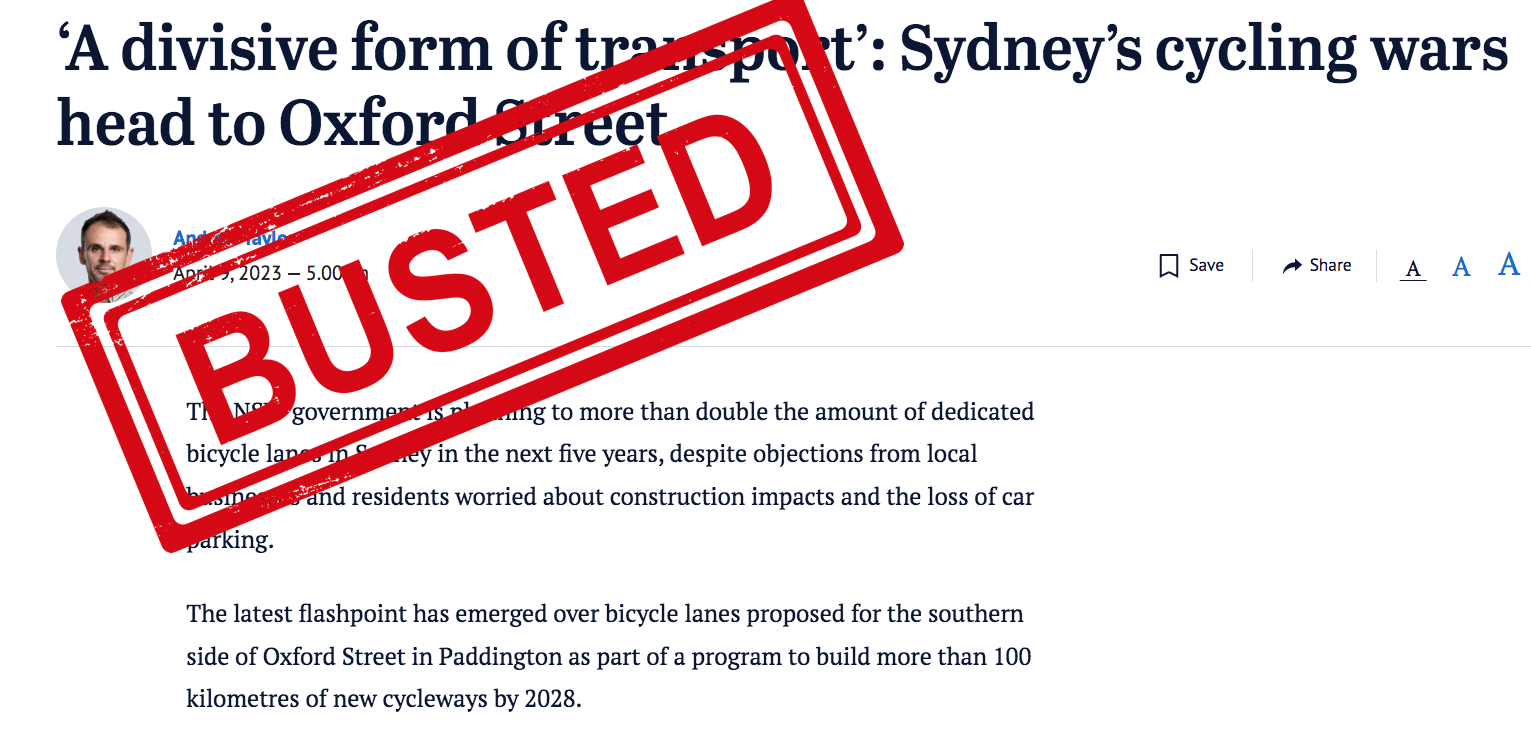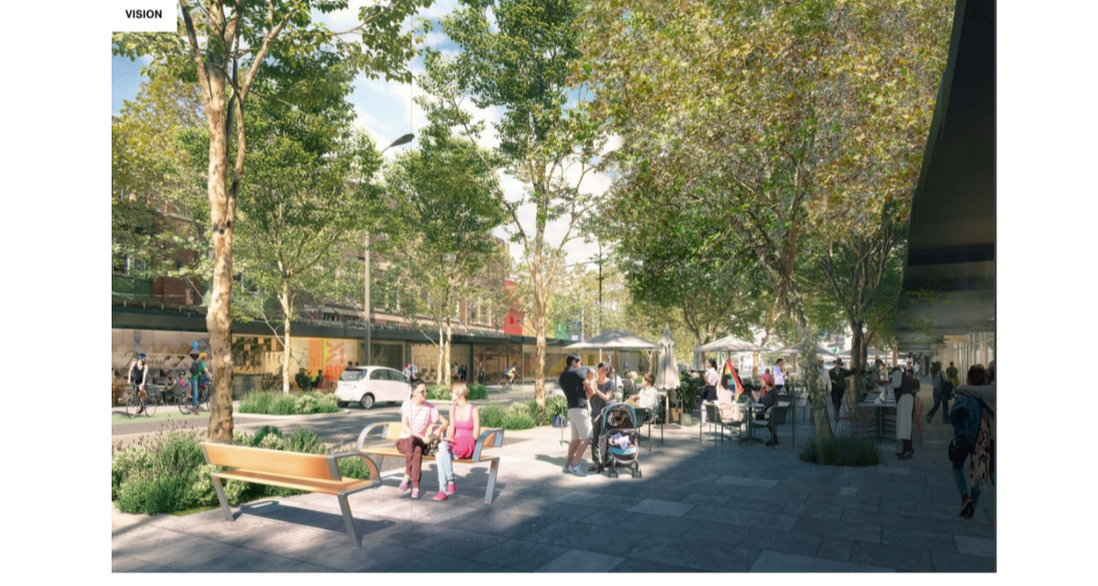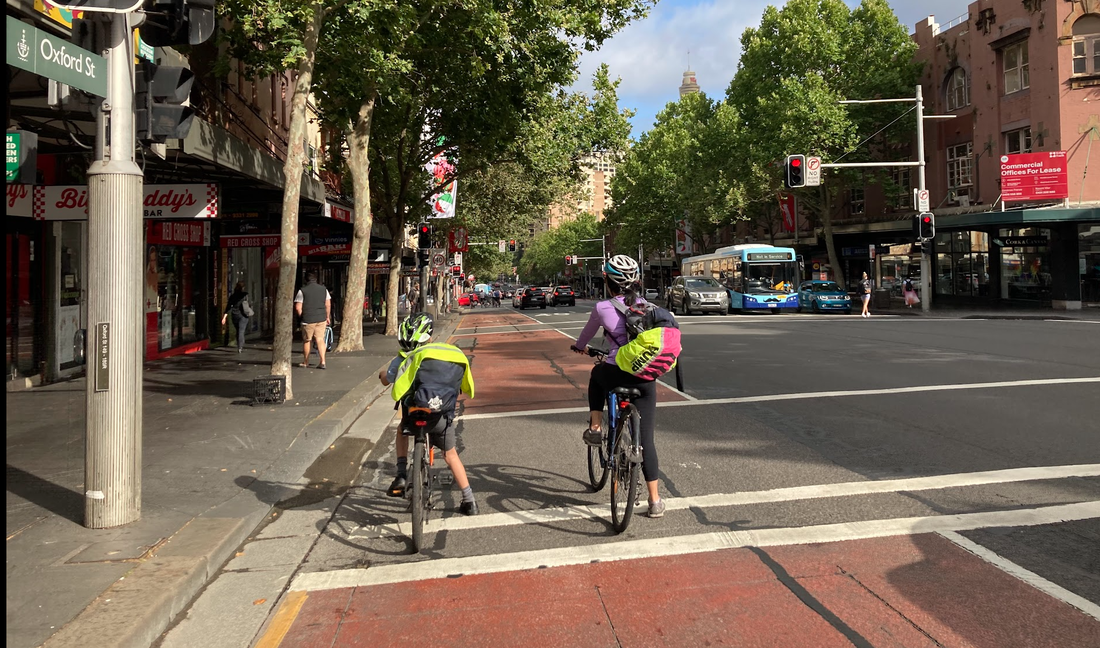|
Who doesn't love a bit of controversy? The media love to feed us misinformation to stir a bit of controversy. Lucky we have some fact checkers in Better Streets who can bust the myths to reveal an accurate and evidence-based discussion about cycling and its benefits. It’s not uncommon for new bicycle infrastructure to ignite controversy, and the latest example is the Sydney Morning Herald “ A divisive form of transport’: Sydney’s cycling wars head to Oxford Street” (9 April 2023)". Myth #1: Cycling is a “divisive form of transport” Busted: Cycling is an affordable, healthy, and sustainable mode of transport. The benefits of cycling are so well recognised that it has support from people from all sides of politics across all three levels of government. Cycling reduces traffic congestion, air pollution, carbon emissions and noise pollution. It also has significant physical and mental health benefits and reduces chronic diseases such as obesity, diabetes, and heart disease. Every kilometre cycled on a separated cycleway has a $1.71 net health benefit. So if 2,000 bike riders cycle the 2km route every day, it will save our economy $2.5 million a year in health costs alone. Source: Wanjau MN, Möller H, Haigh F, Zapata-Diomedi B, Veerman L. Preliminary Report: Phase 2 of the Economic Active Transport Project to deliver a best practice method to cost the health benefits of active transport in NSW. https://www.health.nsw.gov.au/heal/Pages/publications.aspx: New South Wales Ministry of Health, 2022. Myth #2: Oxford St Cycleway will create a “cycling freeway” and harm small businesses Busted: The Oxford Street Cycleway is designed to create a buffer between fast-moving motor vehicle traffic and the footpath, which will make it more pleasant to walk. Research shows that cycleways actually benefit local businesses by increasing foot traffic and revenue - as bike riders often stop to buy things on the way. The claim that the cycleway will create a “cycling freeway” is unfounded. Myth #3: Community objections should not be ignored. Correct! Community objections are essential in the planning and implementation of bicycle infrastructure, and they should be heard and addressed. Community support should also not be ignored. Objections based on unfounded claims and myths should not be prioritised over evidence-based research and the broader benefits of cycling. The claim that none of the Oxford Street businesses favoured the cycleway is contradicted by open community consultation, which shows significant support for the cycleway. The SMH article even cites Theo Onisforou, owner of several properties on Oxford Street, who backs the cycleway because it will improve the look of the retail strip. ‘He said the inevitable slowing of traffic would encourage more walking and shopping along the street. Onisforou called on local businesses to get behind the cycleway “because in reality, it is what every cosmopolitan city in the world is doing and let’s not be NIMBYs”.’ Myth #4: Cycling infrastructure harms businesses. Busted: We understand the same number of parking spaces will be retained on Oxford St, and is a much simpler and quicker installation than the Bondi Junction cycleway because it doesn’t involve moving as many kerbs. Once completed the cycling infrastructure will likely increase foot traffic and revenue as it has elsewhere. The cycleway will promote walking, cycling and public transport, with little impact on parking, making it easier and safer for people to access local businesses. In conclusion, the article perpetuates several myths about cycling and its benefits. It is crucial to bust these myths to promote an accurate and evidence-based discussion about cycling and its role in promoting healthy, sustainable, and livable cities. Cycling infrastructure should be planned and implemented based on evidence-based research, community consultation, and a broad understanding of the benefits of active transport for individuals, communities, and the environment. Myth #5: Cycling infrastructure has unforeseen consequences, including obstructing access to the Royal Theatre on King St in the Sydney CBD. Busted: The claim that this new cycleway has impacted point-to-point drivers is misleading, as there hasn’t been a set-down point in that location for many years before the cycleway was installed. Cycling infrastructure can sometimes have some unforeseen consequences, but they are usually minor and can be addressed through careful planning and consultation. Myth #6: We don’t need separated cycling infrastructure, 40kmh is fine.
Busted: If we want a broad range of the community - including women, children and seniors - to feel safe riding a bike, we need separated cycling infrastructure. The suggestion of trialing a 40 km/h speed limit for Oxford Street is not evidence-based. Oxford St is a major route, with buses and heavy vehicles that isn’t suitable for mixing people riding bicycles with these vehicles.
0 Comments
Leave a Reply. |
Archives
July 2024
Categories
All
|





 RSS Feed
RSS Feed